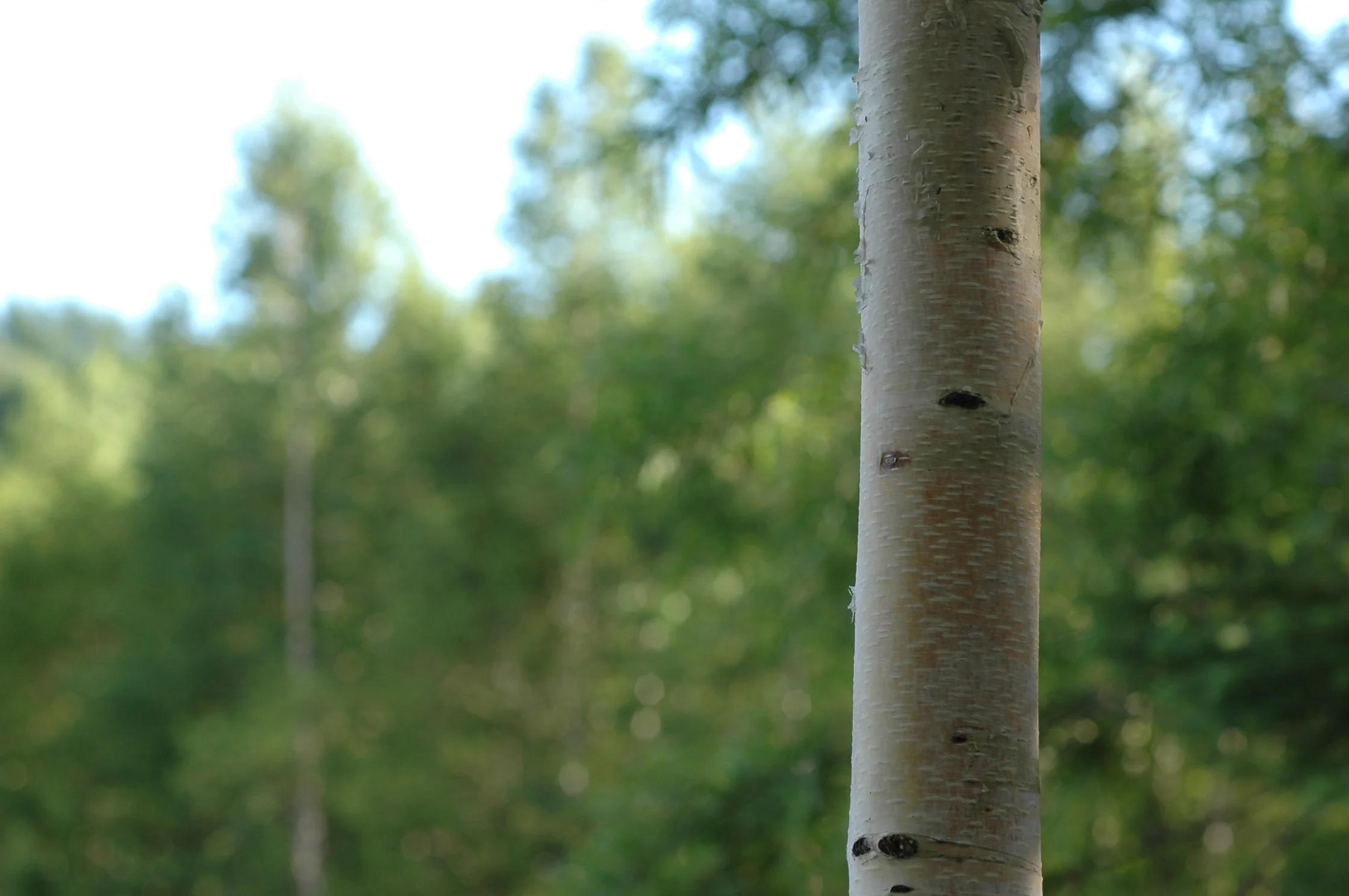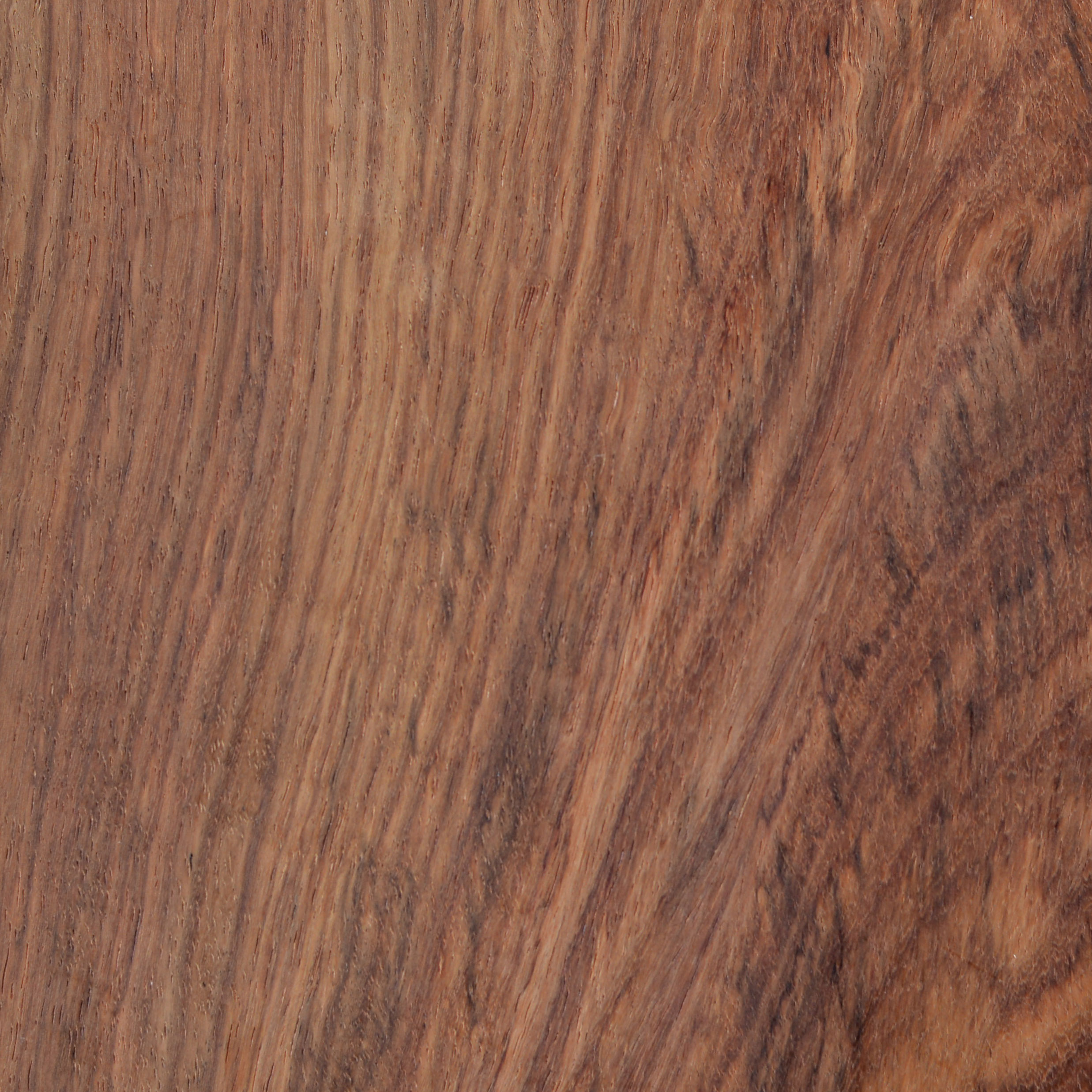....
The wood
Every material is a blessing from above. It is only right for us to receive with much gratitude and enjoy it with utmost respect and prudence. From the beginning, trees and everything from them are at the centre of our lives, in fact they support our very existence. There is therefore deep emotional and cultural value in using solid wood to be the primary material for us to craft our furniture.
When a person tries to understand a piece of solid wood furniture, the question asked the most is "What wood is it made of?" - thinking this helps define the category if not quality of the piece. Important as it is, the wood species is only one of the many factors defining a piece of furniture. Quite often the genuine quality of a piece is quite independent of the wood species used. Perhaps the following quote by Ludwig Mies van der Rohe, world renowned architect, in 1938, may illustrate the point well:
“Each material has its specific characteristics which we must understand if we want to use it. This is no less true of steel and concrete [than of wood, brick, and stone]. We must remember that everything depends on how we use a material, not on the material itself. New Materials are not necessarily superior. Each material is only what we make of it. "
In other words the goal of a design solution and the way that the problem is to be approached will define the appropriate material to be used. One wood species is not intrinsically superior or inferior to the other, it all depends on the context of comparison. There is a long list of criteria, many of which are not apparent to general customers, with which one needs to consider to decide on the right wood species used for a piece of solid wood furniture.
Consequently, even two pieces of furniture crafted with the same wood type may be worlds apart in quality. It all depends on how it is used.
The following wood species are what we commonly select to craft our furniture. Due to their comparable characteristics, in particular the wood grain attractiveness and finished potential, unless otherwise specified, we may refer them all as just "Rosewood". For some furniture types, all of them can be considered. For some other furniture types, or some finished effect, we only suggest a particular wood specie.
..
木材
所有的原材料都是上天赐予我们的。所以我们应该心存感激来领受,并且以最尊敬而谨慎的态度使用。从人类被创造开始,树木和围绕树木的一切皆处于我们生活的中心位置。甚至可以说,树木支持了人类的生存。因此以实木材并用最直接的方法来制造家具是含有特殊文化情感意义的。
当一般用家尝试了解一件实木家具,往往最想了解的是使用了什么木材。这假设了木材可以有效定义一件家具的内容或品质。虽然有某程度的关联,但木材其实只是定义家具内容其中之一的角度。甚至于木材的选择跟一件家具真正的品质可以没什么关联。以下二十世纪顶尖建筑师路德维希∙密斯∙凡∙德罗欧 (Ludwig Mies van der Rohe) 于 1938 年公开演说时的节录可以清楚说明这点:
"每一种物料都有各自的特征,我们一定要了解才可有效使用该物料。面对钢铁混凝土跟面对木材,砖,石头等都一样。我们要明白所有的制造物取决于我们怎样使用物料,而不只是取决于物料本身。崭新的物料不一定比旧有的优良。每种物料的面貌只能依赖我们怎样应用它。“
换言之一个设计问题的最终目标和达至这目标的方法会决定那种物料适合。一种木料并不会毫无疑问地比另一种木料优胜,要看对照的处境来确定。在制造一件实木家具上,有太多的因素会影响用哪种木材最好,其中很多都不是一般用家会掌握的。
所以尽管两件类似的家具都是宣称用同样的木材来制造,但它们的质量与价值可以相差很远。归根结底都是取决于木材是怎样被应用。
以下是我们一般使用的木材。由于它们的性质相近,特别是木纹的漂亮度与涂漆后的效果,所以我们也会一并的以 “花梨” 来描述。某些家具款色对木材的选择比较自由,但有些款色或涂漆效果我们却会推荐特定一种木材。
....
....
Burmese Rosewood
Also called Burmese Padauk internationally, we may use the generic trade term Blackwood to refer to this wood. Genus name is Pterocarpus macrocarpus. Called “大果紫檀” or "缅甸花梨“ in Chinese, it is within the Hong Mu classification in mainland China. The precious timber comes from Burma, Laos or Thailand region. Very hard and dense. Orange brown in color with a hint of red. Clear and attractive straight to interlocked grain in dark color. Its moderately coarse texture matures to a deep luster in particular when finished.
..
缅甸花梨
又名大果紫檀。英文为 Burmese Rosewood,但我们往往也用广泛的称谓 Blackwood 来描述。国际上的通用名称为 Burmese Padauk. 学名为 Pterocarpus macrocarpus。在中国国家标准被归类为红木。这高级木材盛产于缅甸,寮国,泰国一带地区。木质坚硬,密度高。切开后的木材表面颜色为橘子咖啡,带一丝红。清晰而吸引的直或弯曲木纹程深颜色。表面气孔有时稍微粗糙,但涂漆后表面会散发深度光泽。
....
....
African Rosewood
We may also call this Blackwood as a generic trade name, and there are many similar wood types that are all called "African Rosewood" in the mainland. The type that we use has genus name Pterocarpus antunesii. Called "安氏紫檀“ or "非洲黄花梨“ in Chinese. The timber is found in central and tropical west Africa. Comparing to Burmese Rosewood, it is more yellowish than reddish, wood grains are more distinctive and wavy. The luster of texture is slightly behind that of Burmese Rosewood, but finished result is practically indistinguishable apart from the wood grains.
..
非洲花梨
我们普遍也用广泛的英文称谓 Blackwood 来描述,而中国国内 “非洲花梨” 也用来称呼不同种类类似花梨木的木材。我们使用的是安氏紫檀,学名为 Pterocarpus antunesii,行业内也往往把这木材称为 “非洲黄花梨”。此木材盛产于非洲中西部一带。相对缅甸花梨,非洲花梨的颜色比较偏黄,红调比较弱,同时木纹也有更多转折波浪形态。表面毛孔密度稍微逊于缅甸花梨,但除了木纹外涂漆后的效果跟缅甸花梨差不多完全一样。
....
....
Cambodian Rosewood
Genus name is Pterocarpus angolensis, it is called “安哥拉紫檀” or "高棉花梨“ in Chinese. The trade name "Cambodian Rosewood" is actually not an accurate description because the wood is found in southern Africa. The wood grains and color is akin to a paler version of Burmese Rosewood. When finished, the two are difficult to be distinguished, equally attractive. Although it is slightly less dense and hard than the above two Rosewoods, its overall stability is the best among them all.
..
高棉花梨
学名为 Pterocarpus angolensis,中文为安哥拉紫檀。行业内的英文名称 Cambodian Rosewood 或中文名称 “高棉花梨” 其实不太准确,因为这木材是产于非洲南部。这木材盛产于非洲南部。高棉花梨的木纹与颜色像是比较淡的缅甸花梨,重量也比较轻。但涂漆后这两种木材外观上难以分辨,同样吸引。虽然在三种木材中高棉花梨的密度与重量最低,但其稳定性却是三者之冠。
....




